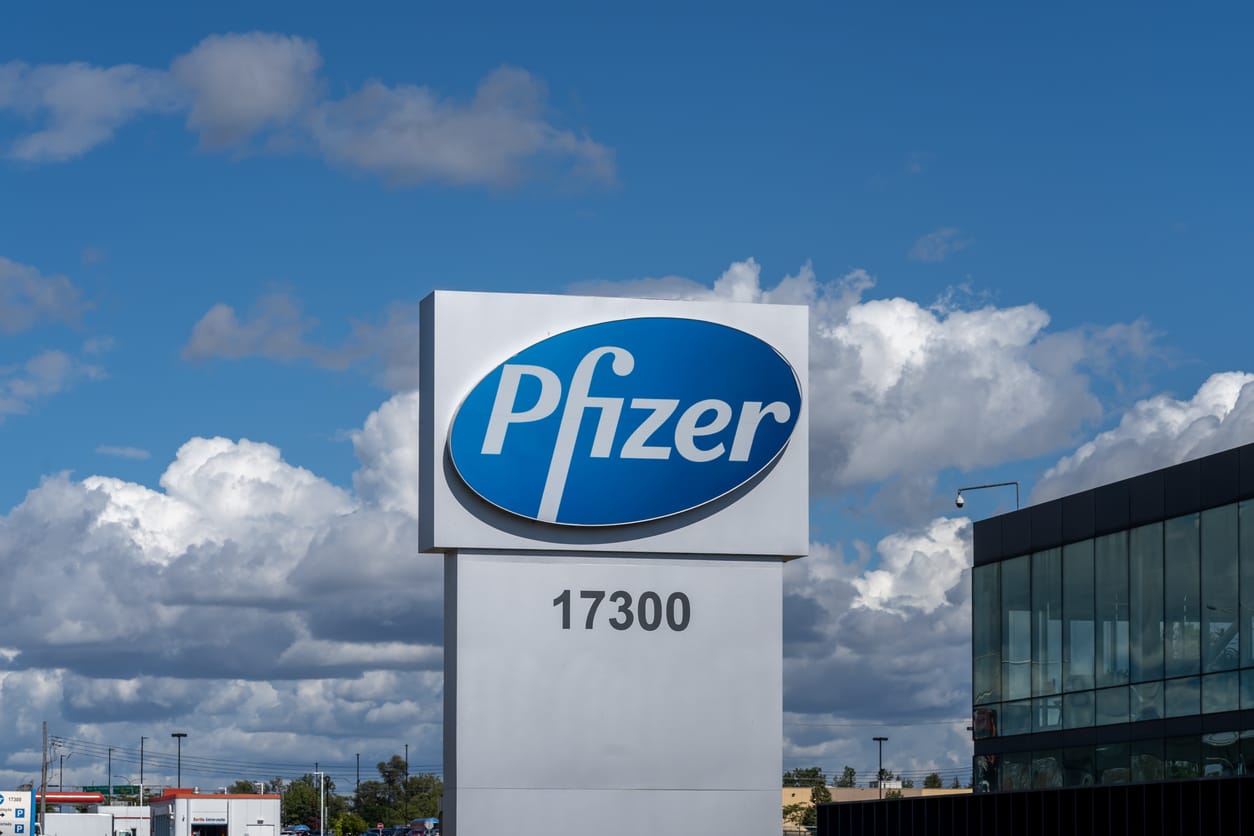Pfizer (PFE), once celebrated for its pivotal role in the COVID-19 pandemic, is now grappling with significant challenges as its stock price has fallen approximately 20% from its recent highs. The pharmaceutical giant is confronting a decline in pandemic-related revenues, particularly from its COVID-19 therapies, alongside heightened competition in its core therapeutic areas. Over the past year, Pfizer’s stock has decreased by 15.5%, prompting investors to reassess the company’s future prospects amid its ambitious cost-cutting initiatives and the potential of new drugs in its development pipeline.
Financial Overview and Strategic Adjustments
In the first quarter of 2025, Pfizer reported revenues of $13.7 billion, marking an 8% decline compared to the previous year. This decrease is primarily attributed to a forecasted reduction in sales of Paxlovid and adjustments to U.S. Medicare Part D as mandated by the Inflation Reduction Act. Despite this downturn, Pfizer’s management highlighted growth in other areas, noting that rising revenues from products such as Vyndaqel, Comirnaty, Padcev, Nurtec, and Lorbrena helped offset losses from legacy blockbusters.
The company’s adjusted diluted earnings per share (EPS) reached $0.92, surpassing analyst expectations and reflecting a 12% increase from the prior year. This positive growth in earnings can be linked to improved gross margins, strict cost control measures, and favorable tax resolutions, with the adjusted gross margin climbing to 81%. During an earnings call, Pfizer’s CEO, Albert Bourla, emphasized the company’s commitment to transformation, focusing on enhancing high-potential assets in areas such as oncology, vaccines, and internal medicine.
In a significant strategic shift, Pfizer recently discontinued its obesity drug candidate, danuglipron, demonstrating a readiness to eliminate underperforming projects and redirect resources more effectively. The company aims to achieve total net savings of $7.7 billion by 2027, with an anticipated $4.5 billion in cost savings by the end of 2025. These savings are expected to be realized through the adoption of automation, artificial intelligence, and streamlined business processes, which could bolster earnings growth and enhance investment in innovation.
Pipeline Potential and Market Sentiment
While cost reductions have stabilized margins, the future of Pfizer’s stock largely hinges on the success of its drug pipeline. Currently, the company is managing around 108 clinical programs, with 2025 poised to be a critical year for regulatory decisions and Phase 3 trial results. Oncology, in particular, emerges as a vital area for growth, with promising candidates such as sasanlimab, which is being evaluated in the Phase 3 CREST trial for non-muscle invasive bladder cancer (NMIBC). The trial results thus far have been encouraging, highlighting the potential for advancements in a field that has seen little progress over the past three decades.
Moreover, Padcev, a key asset in Pfizer’s oncology portfolio, continues to be a widely prescribed treatment for locally advanced or metastatic urothelial cancer in the United States. The anticipated Phase 3 results for Elrexfio, targeting relapsed/refractory multiple myeloma, could significantly expand Pfizer’s patient base and treatment durations. Additionally, the company is focusing on antibody-drug conjugates (ADCs) like PDL1 vedotin and sigvotatug vedotin (SV), which aim to address non-small cell lung cancer (NSCLC), the leading cause of cancer-related deaths globally. Successful outcomes here could redefine treatment standards in oncology.
Pfizer is also investing in the development of its fourth- and fifth-generation pneumococcal conjugate vaccines, aiming to strengthen its leadership in pneumococcal disease prevention. Despite recent revenue challenges, the company remains committed to delivering long-term shareholder value, evidenced by returning $2.4 billion to shareholders through dividends in the first quarter. With an attractive dividend yield of 7%, significantly above the healthcare sector average of 1.6%, Pfizer seeks to position itself as a reliable investment.
Market analysts are currently viewing Pfizer stock as a “Moderate Buy.” Among the 22 analysts covering PFE, six have issued a “Strong Buy” rating, one recommends a “Moderate Buy,” 14 suggest a “Hold,” and one indicates a “Strong Sell.” The average price target stands at $27.71, indicating a potential increase of 12.7% from current levels. The highest target price of $33 suggests a more optimistic outlook, reflecting an upside potential of approximately 34% over the next year.
As Pfizer navigates this pivotal moment, the company must demonstrate its ability to adapt and innovate in a post-pandemic landscape. Its successful implementation of cost-cutting strategies has laid a strong foundation for future growth, particularly in oncology and vaccine development. Investors willing to adopt a long-term perspective may find this moment an attractive entry point, particularly with the stock trading 22% lower than its 52-week high of $31.54. Conversely, those with a lower risk tolerance may prefer to observe from the sidelines as Pfizer works to revitalize its market position and capitalize on emerging opportunities in the pharmaceutical sector.





































































